What Geelong needs to build to support booming population
A Victorian region is seeing rapid population growth, but local leaders say the city faces significant challenges in the future.
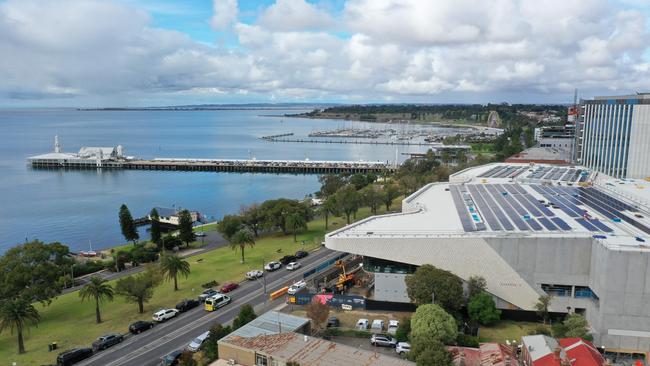
Geelong has been crowned the king of regional Australia but local leaders say the city’s greatest challenges lie ahead.
As a new Regional Australia Institute report shows one in 10 people moving to the country settled in Geelong in the year to March 2025, Victoria’s second city is confronting the challenge of housing that level of growth in the future.
The Regional Movers Index saw Geelong record a 9.3 per cent share of net internal migration, overtaking the Sunshine Coast.
RELATED: Geelong tops Australia’s regional migration rankings
What Geelong needs to build to cater for booming population
Buyers circle market garden as Geelong homes plan develops
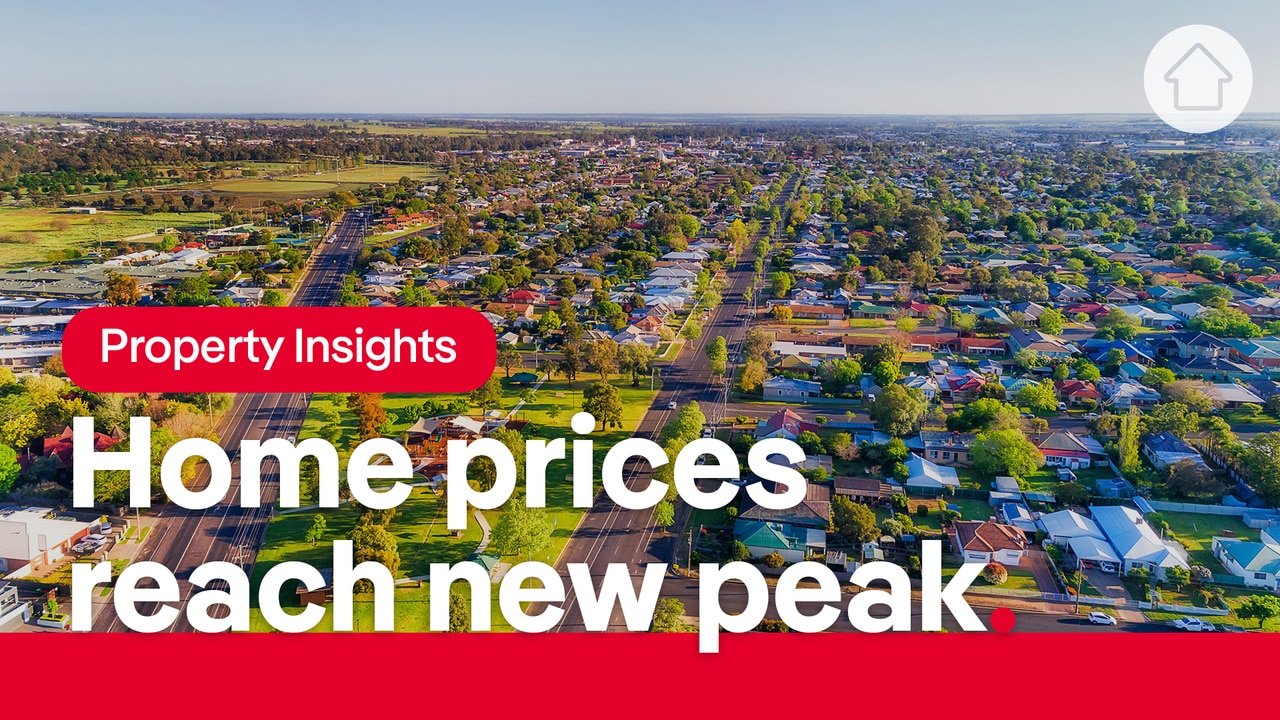
Adding the Surf Coast, Queenscliff and Golden Plains council areas pushes the region’s intake to almost 11 per cent.
Deputy Prime Minister Richard Marles said Geelong is a world-class city, a fact many people from Melbourne only discovered since the pandemic, but the challenge was accommodating growth without wrecking the city’s advantages.
“Geelong is really so much better than even I think we all appreciate,” Mr Marles said.
“It’s the north-facing bay, the proximity to the Surf Coast, its really wonderful amenity. It’s a fantastic community and you’ve got the Bellarine Peninsula with all those amazing views.”
Geelong major Stretch Kontelj said the figures highlight the challenge of planning for a future population of 500,000, and a state government target to build 128,600 new homes by 2050.
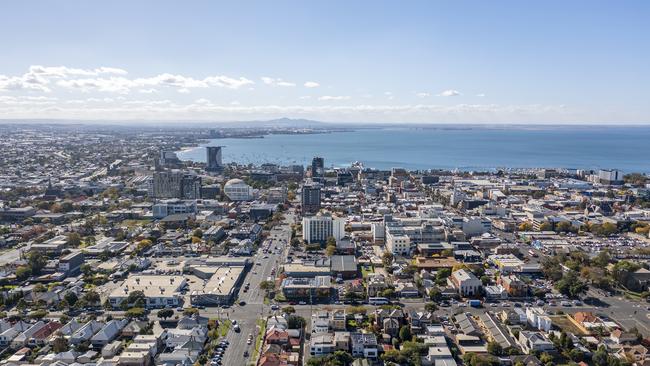
“I’ve said consistently that it’s managing success. Geelong is the fastest-growing region in Australia and these numbers are a testament to that,” Mr Kontelj said.
“The challenges are accommodating all those new arrivals, whether it’s in greenfield development, or urban infill.
“You’ve got the legacy assets that we need to renew, such as the (100-year-old) stormwater drains and roads and other infrastructure to accommodate that.”
That’s a $500m bill facing Geelong, Mr Kontelj said.
“The biggest challenge is going to be transport. Working out how to move people north, south, east and west and through the city because the road network is getting more congested.”
G21 chief executive officer Giulia Baggio said transport and housing need to be “turbo-charged”.
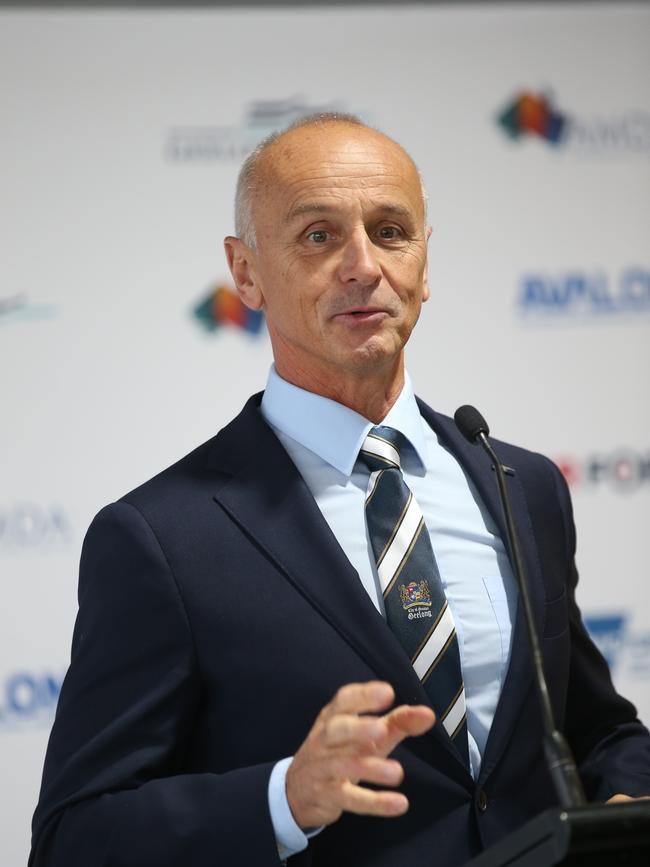

A metro-style transport system including local and linear bus routes taking people where they want to go, along with a shuttle increasing trains running between Waurn Ponds and Lara would help move people, as G21 modelling shows the city’s roads would come to a standstill by 2041, if nothing is done.
Two bus reviews identified in the budget for Geelong and the Bellarine “can’t come soon enough”, she said.
Building more apartments around the CBD would reactivate the city’s heart and deliver more affordable housing, she said, but means renewing the ageing network of sewers and drains to cope with the additional pressure.
“We need federal help to activate that, because we know the state government is cash-strapped,” Ms Baggio said.
“The federal government has got a big mandate on housing, which is a very big issue right across the country. Everyone’s got to put their shoulder to the wheel.”

Urbis Geelong director Nat Anson said the city needs to identify activity centres that provide well-connected apartments and townhouses as well as continuing a strong supply of greenfield housing.
“A strong infrastructure pipeline is the biggest threat to delivering ‘good growth’ – new and upgraded transport assets including Avalon Station, Bellarine Link, Torquay transit corridor and a renewed Geelong Station will be vital to the city’s future success,” Mr Anson said.
Investing in alternative water, an open space network, arts and cultural assets and central Geelong underpins the city’s existing value proposition that is so attractive to future residents, he said.
Mr Marles said the city’s health networks, including Barwon Health, St John of God and Epworth hospitals, would need to keep pace, but growth also offered economic opportunities.
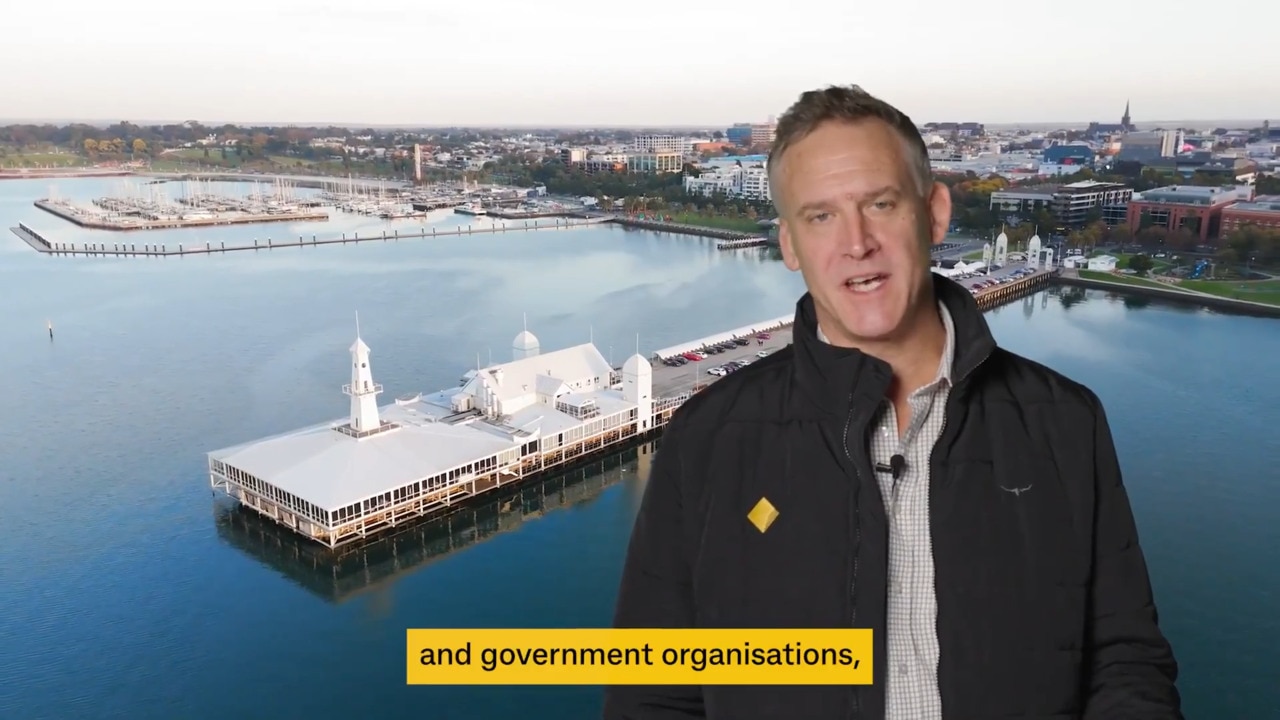
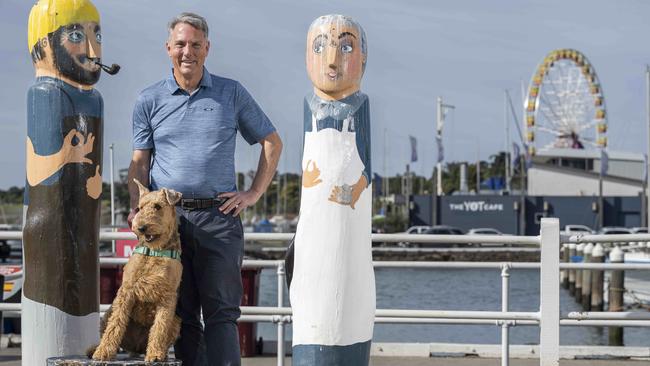
“GMHBA Stadium is the biggest piece of sporting infrastructure in regional Australia, it underpins the biggest sporting club in regional Australia and the ability to continue to have that is underpinned by the growth in the region,” he said.
“The future development of Avalon Airport as an industrial precinct is happening, but developing it as an airport will underpin the population growth around this region.”
Mr Marles said the benefit of being a smaller city was the ability to achieve a higher degree of co-operation between the three tiers of government.
Though rising blue and white collar jobs – from advanced manufacturing to the businesses surrounding the head offices of NDIA, WorkSafe, TAC and Cotton On – was behind the growth, lifestyle was the real drawcard, McGrath Geelong director David Cortous said.

“It’s a more affordable lifestyle here – execs and professional people can still pull the same type of income and probably live a bit more affordably,” Mr Cortous said.
Property investors are seeing the benefits again, with Sydney buyers snapping up more suburban homes, spurred on by low prices and the opportunity for growth and rental demand.
Geelong’s $720,000 median house price is still 4 per cent down year on year but indicators show the city has passed the bottom of the market.
“We’re just starting to see the needle move with a couple of interest rate cuts and more migration,” Mr Cortous said, referring to more people looking at properties, including up to 30 per cent out-of-town buyers.
But there are growing pains, such as development pressures and the high cost of building, higher property taxes and competition for tradies with the state government massive projects in Melbourne.
Originally published as What Geelong needs to build to support booming population

